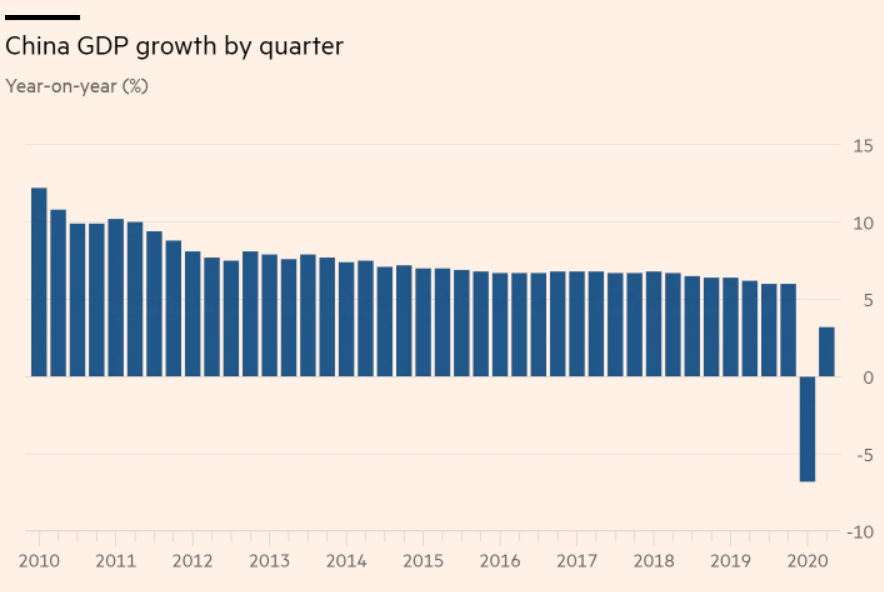New York magazine interviewed David Shor, the Democratic campaign consultant who was recently cancelled by the left. Some of his comments caught my eye:
The basic political argument since the French Revolution has been the left saying, “Let’s make things more fair,” and the right saying, “If we do that, it will lead to chaos and threaten your family.” . . .
Other research has shown that messaging centered around the potential for cooperation and positive-sum change really appeals to educated people, while messaging that emphasizes zero-sum conflict resonates much more with non-college-educated people. Arguably, this is because college-educated professionals live really blessed lives filled with mutually beneficial exchange, while negative-sum conflicts play a very big part of working-class people’s lives, in ways that richer people are sheltered from. . . .
Black voters trended Republican in 2016. Hispanic voters also trended right in battleground states. In 2018, I think it’s absolutely clear that, relative to the rest of the country, nonwhite voters trended Republican. In Florida, Democratic senator Bill Nelson did 2 or 3 points better than Clinton among white voters but lost because he did considerably worse than her among Black and Hispanic voters. We’re seeing this in 2020 polling, too. I think there’s a lot of denial about this fact.
I don’t think there are obvious answers as to why this is happening. But non-college-educated white voters and non-college-educated nonwhite voters have a lot in common with each other culturally. So as the salience of cultural issues with strong education-based splits increases — whether it’s gender politics or authoritarianism or immigration — it would make sense that we’d see some convergence between non-college-educated voters across racial lines. . . .
There’s this sense in left-wing politics that rich people have disproportionate political influence and power. Well, we’ve never had an industrialized society where the richest and most powerful people were as liberal as they are now in the U.S. You know, controlling for education, very rich people still lean Republican. But we’re at a point now where, if you look at Stanford Law School, the ratio of students in the college Democrats to students in the college Republicans is something like 20-to-1. . . .
Why did Heidi Heitkamp vote to deregulate banks in 2018, when the median voter in North Dakota doesn’t want looser regulations on banks? But the thing is, while that median voter doesn’t want to deregulate banks, that voter doesn’t want a senator who is bad for business in North Dakota. And so if the North Dakota business community signals that it doesn’t like Heidi Heitkamp, that’s really bad for Heidi Heitkamp, because business has a lot of cultural power. . . .
So the other positive thing is that age polarization has also gone up. It’s not just that every new generation is more Democratic. Something much weirder has happened. People who were 18 years old in 2012 have swung about 12 points toward Democrats, while people who were 65 years old in that year have since swung like eight points toward Republicans. . . .
The Electoral College bias is now such that realistically we [Dems] have to win by 3.5 to 4 percent in order to win presidential elections.
I suspect he’s right about almost everything.
Andrew Sullivan had the following to say on leaving New York magazine:
And maybe it’s worth pointing out that “conservative” in my case means that I have passionately opposed Donald J. Trump and pioneered marriage equality, that I support legalized drugs, criminal-justice reform, more redistribution of wealth, aggressive action against climate change, police reform, a realist foreign policy, and laws to protect transgender people from discrimination. I was one of the first journalists in established media to come out. I was a major and early supporter of Barack Obama. I intend to vote for Biden in November.
It seems to me that if this conservatism is so foul that many of my peers are embarrassed to be working at the same magazine, then I have no idea what version of conservatism could ever be tolerated. And that’s fine. We have freedom of association in this country, and if the mainstream media want to cut ties with even moderate anti-Trump conservatives, because they won’t bend the knee to critical theory’s version of reality, that’s their prerogative.
The NYT and New York magazine seem determined to commit intellectual suicide. But have no fear; there will always be a place on the internet for good ideas:
If the mainstream media will not host a diversity of opinion, or puts the “moral clarity” of some self-appointed saints before the goal of objectivity in reporting, if it treats writers as mere avatars for their race and gender or gender identity, rather than as unique individuals whose identity is largely irrelevant, then the nonmainstream needs to pick up the slack.


